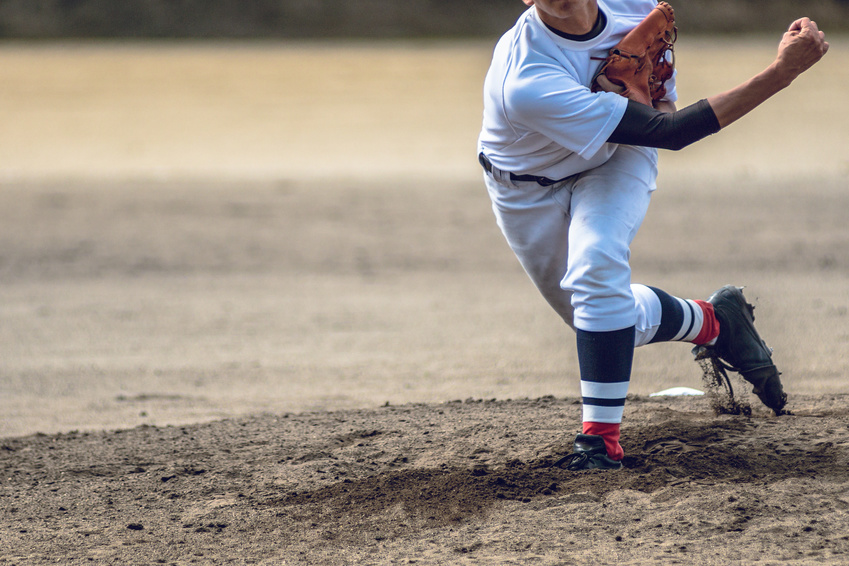A great number of pitching mechanic faults stem from poor balance and limited hip mobility throughout the pitching motion. A pitcher needs to have a strong stance hip to control their balance in the early throwing phases and to increase power as they push off leg to throw. Then they need good stability on their stride leg in the later stages of throwing to control their trunk and reach a proper arm slot. Limited hip mobility can cause a decrease in stride length, which has been shown to decrease velocity and increase risk of injury. Today I want to share one of my favorite exercises for pitchers that address both strengthen and mobility of the hips in a way that is really functional for a pitcher, the cossack squat. The name comes from the Cossacks, members of democratic, self-governing, semi-military communities, predominantly located in Ukraine and in Russia. The movement is similar to a traditional Russian dance where the dancer squats and kicks their legs.
The athlete begins by stepping laterally like doing a side lunge and dropping their butt down and shifting their weight laterally keeping their trunk vertical. The toes on the bending leg side should stay forward or turned slightly outward and the knee on the bending leg should push outside of the foot. The toes of the straight leg should turn toward the ceiling. The athlete then returns to the starting position. A pitcher can then perform the same movement in the other direction working the strength and mobility they need for successful performance.
If a pitcher does not have the strength or mobility to properly perform the cossack squat the exercise can be regressed by keeping the athletes hands on the floor while performing the movement.
To increase strength with the movement, it is also easy to add weight to the cossack squat.
For more information on exercises for pitchers, pitching mechanics, or for rehab from a throwing injury, see one of our throwing experts at Freedom Physical Therapy Services.

